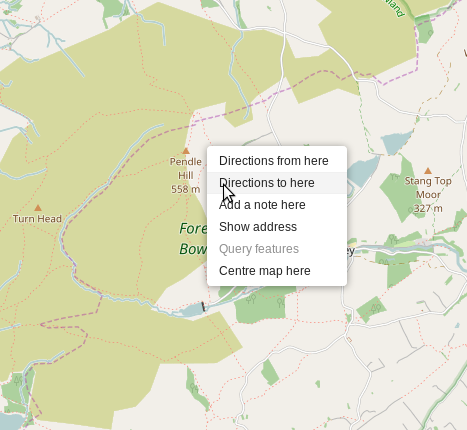The OpenStreetMap UK community has come together for a 3-month “quarterly project” to find all the solar panels in the UK. And the results so far… wow!
-> We’ve just reached over 100,000 standalone solar PV installations mapped in the UK!
-> Plus we also have almost 600 solar farms mapped, representing almost 5 gigawatts!
To give you an idea of completeness: the UK government believes there are about 1 million solar panels in the UK, and official solar farm listings have about 8 GW. What we’ve mapped so far is way more than I thought we’d manage, so I really deeply want to thank every person who contributed, large or small. We can use these data to pilot CO2-saving initatives - and so can anyone else. Open data for the win!
Here are a couple of simple plots from me, to show where the items are in the UK. (The data I’ve used are from yesterday, which is why my plot says not-quite-100,000 items.) I’ve plotted two different types of item: (1) “standalone” solar panels (i.e. ones that are not inside solar farms); (2) solar farms. You’ll notice the distributions are really different:
(The images aren’t showing up…. you’ll have to view them on my blog where I originally posted this)
Some of the darkest blobs on the map are evidence of focussed effort. I know that Jerry (SK53) has been mapping around Nottingham, Cornwall and other areas, so may be the source of some of these blobs. We’ve shown that with some local effort, and a bit of scanning through imagery, a lot of this can be done.
You’ll notice that many of the solar farms are in the southern part of the UK, at least according to our data. That’s not unexpected!
For more detailed data breakdowns, you can peruse Gregory Williams’ solar mapping analysis site.
We have more time to go until the end of the quarter… and we’ll be able to use the data for sustainable energy projects whenever you contribute - so please do join in!



